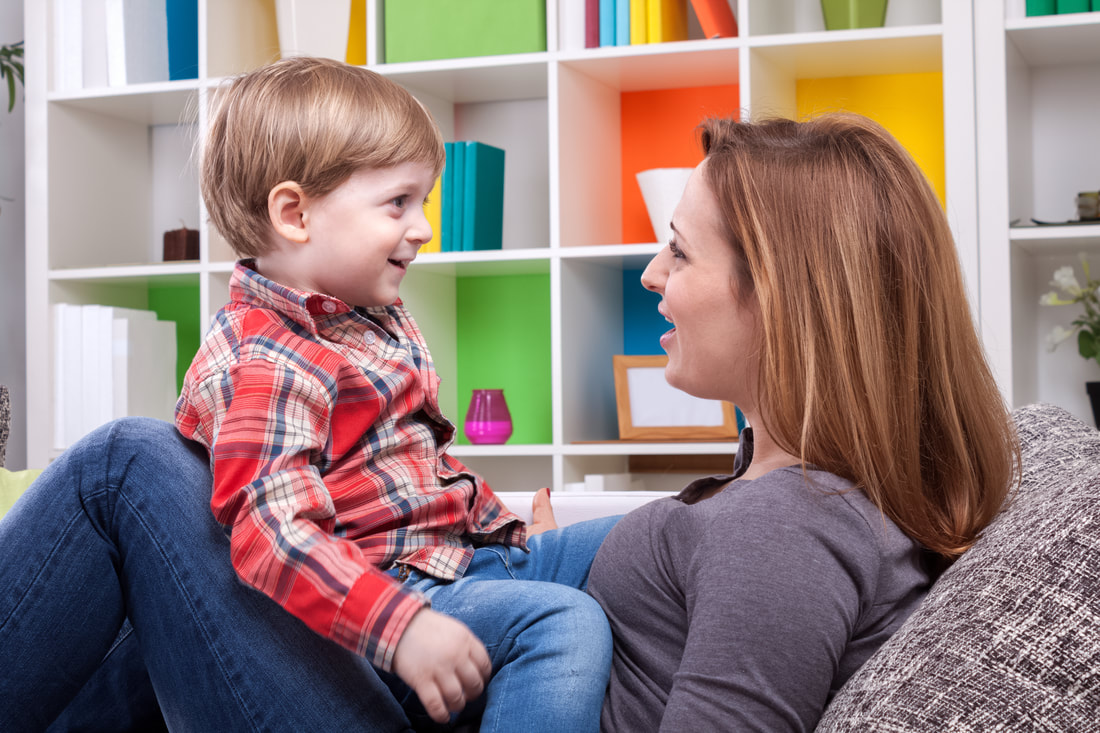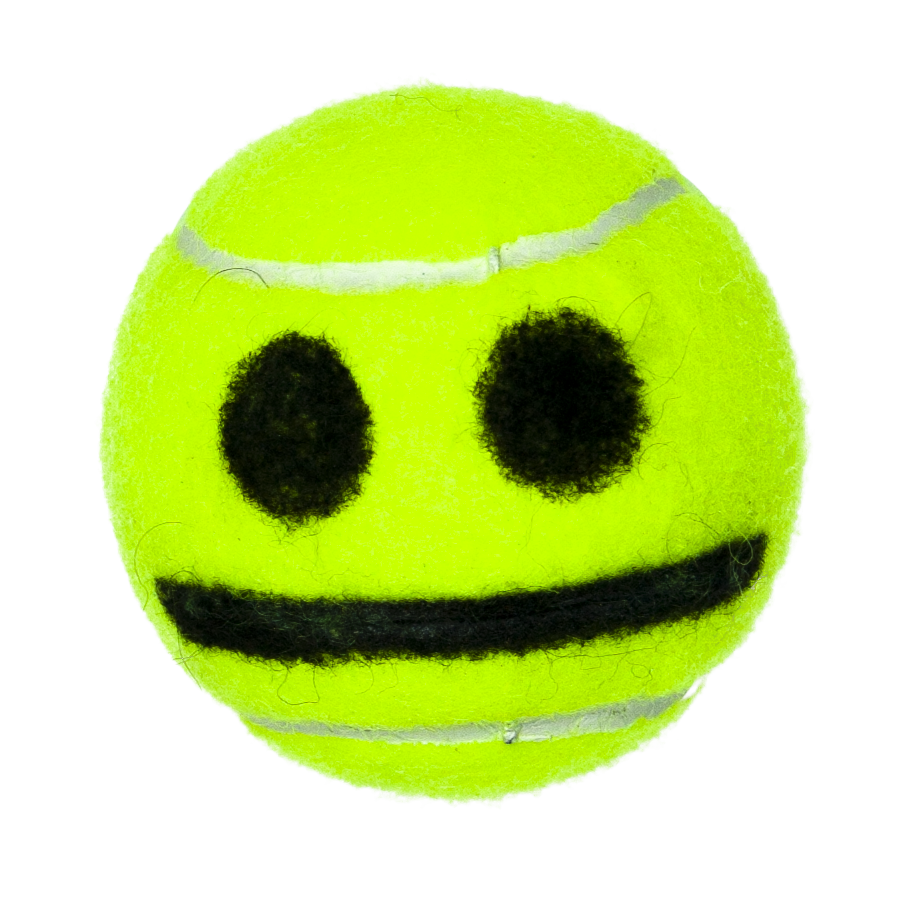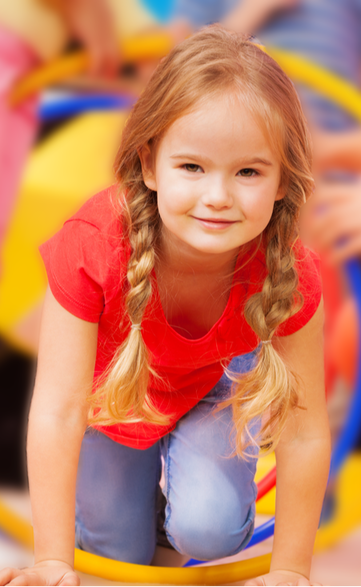 Relationships between adults and children are incredibly important for children’s development, especially in early childhood. Close relationships help to build children’s brains, setting the foundation for their lifelong learning, behavior and health. Relationships between adults and children are incredibly important for children’s development, especially in early childhood. Close relationships help to build children’s brains, setting the foundation for their lifelong learning, behavior and health.
Relationships are built over time, through “serve and return” interactions between adult and child. |
Every minute we spend building our relationships with children is time well-spent, whether it is in families or at school.
One way to build these important relationships is by playing “connecting games.”
To play a connecting game, just include these 3 things:
- Emotional warmth – your nurturing, compassionate presence
- Close contact – eye contact and gentle touch
- Playfulness – expressing joy and fun in being together
Here are eleven of my favorite connecting games to play with preschool children.
I hope you enjoy some of them!
Balloon Keep Up (Torbert, M. & Schneider, L.B. (1993) Follow me too: A handbook of movement activities for three- to five-year-olds. Washington, DC: NAEYC. pp. 51-53)
Have lots of balloons, and children work together to keep the balloons from touching the floor.

“Buddy Bob”
Make a simple puppet from a tennis ball by drawing a mouth and eyes with a permanent marker. Cut the mouth so it opens when you squeeze the cheeks. Have a conversation with the child while talking for Bob.
Calvin Ball
Play a game of catch, using a bean bag or ball. Let the child make up rules for how to toss the ball.
Car and Driver (Torbert, M. & Schneider, L.B. (1993) Follow me too: A handbook of movement activities for three- to five-year-olds. Washington, DC: NAEYC.p. 71)
Stand behind a child with your hands on her shoulders.
Direct the child to stop and start using only your hands.
The child can take a turn “driving” with her hands on your waist.
 Jack-in-the-Box
Jack-in-the-Box
Jack-in-the-Box,
Jack-in-the-Box
Sit so still
Will — pop up?
Of course she will!
This connecting game started as a transition activity after circle time. It was appealing to me as a teacher for several reasons:
The children got really quiet in their “boxes” so I had their attention
The transition was orderly because children moved a few at a time
I could add other learning goals to the game – For example, “Will the children wearing red pop up?”
I knew the activity also appealed to the children, because they requested it every day. I began adding close contact and playfulness to add a connection component to the game.
Mirror, Mirror!
Take turns with a child copying each other’s moves and facial expressions.
Mr. Wiggle and Mr. Waggle (For this story you need two thumbs.)
This is Mr. Wiggle. He lives in a house. This is Mr. Waggle. He lives in a house, too. So open the doors (POP!), put them inside (POP!) and close the doors.
One day Mr. Wiggle decided to go visit Mr. Waggle. So he opened the door (POP!), and came outside (POP!) and he went up the hill and down the hill and up the hill and down the hill and up the hill and down the hill until he came to Mr. Waggle’s house.
He knocked on the door, “knock! knock! knock!” and called our softly, “Mr. Waggle!” but there was no answer so he knocked louder “knock! knock! knock!” and called out loudly, “Mr. Waggle!” but there was still no answer.
So he went back up the hill and down the hill and up the hill and down the hill up the hill and down the hill until he was back at his own house. He opened the door (POP!) and went inside (POP!) and closed the door (POP!).
Repeat with Mr. Waggle visiting Mr. Wiggle the next day.
The next day, have them both leave at the same time. They meet and greet at the top of the second hill then go to sleep when they get home.
(Source unknown)
“Pom-Pom Push” adapted from Bailey, B.A. 2000. I love you rituals. New York: HarperCollins Publishers, Inc.)
-

You need 2 straws and 1 pom-pom for this game. Sit across a table from your partner. Spread out your arms on the table to make the boundaries for the game.
- Have your partner blow through a straw to push the pom-pom to you.
- Then trade role, using your own straw.
- Take turns again and again.
Rhyme Time
Take turns saying short sentences that end in rhyming words, pausing to let the child say the word.
Special Handshake
Create a special handshake with each of your children, and use it every day to greet them.
Welcome Back Ritual
You’ve been gone and you’ve been missed.
Where would you like your butterfly kiss?
(adapted from www.consciousdiscipline.com)
Try some of these connecting games, or use your own favorite connecting activities with your preschoolers. You will be helping your children – and yourself – thrive! Have fun!
I’m excited to share my blog!
Whether you are a child care provider or administrator, a teacher, a parent, or a helping professional who supports young children and families, I hope you get some helpful tips to make your job easier and more enjoyable!
- Keeping Children Safe in Summer Heat: Tips for 2025 - July 14, 2025
- Books on Black History Month for Young Children - February 5, 2024
- Winter Play and Book Ideas for Young Children - January 8, 2024
- Diane Goyette
- No Comments
